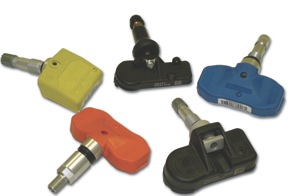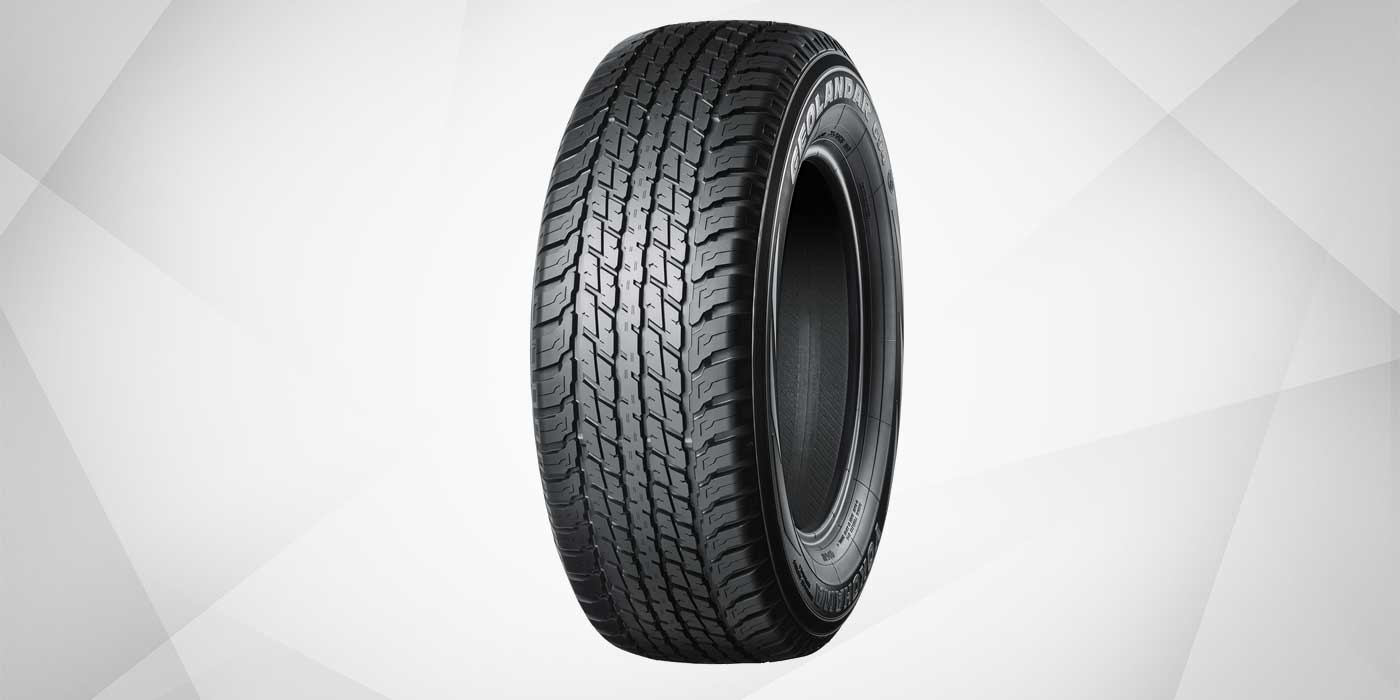What is one of the leading causes of TPMS sensor failure?
Corrosion. Sensors or sensor stems can be damaged by corrosion from road salts, moisture, missing valve caps or galvanic corrosion. The use of dissimilar metals or non-TPMS components can result in galvanic corrosion, which may affect the sensor’s ability to read or transmit data.

How many TPMS sensors are on the road?
Today, there are more than 200 million TPMS sensors on the road. More than 35% of the sensors are now at least three years old. It’s been estimated that more than 9 million sensors will need to be replaced in the next two years.
What percentage of the sensors and systems can “relearn” on their own?
Less than 40% of vehicles can reset the TPMS light without special tools. However, many of these relearn procedures cannot learn new sensor IDs or can learn only one new sensor ID per relearn cycle. The other 60% of vehicles require an activation or combination activation/scan tool.
What are the common standards for TPMS systems?
There is no common standard for the TPMS sensors, with variations including frequencies, modulations, data structure, communications protocols, mechanical fitment and many other factors. While NHTSA mandates that the TPMS must warn the driver when a tire is underinflated by 25%, it did not specify any standards for sensors or the equipment.
What type of information is transmitted by the TPMS sensors?
Direct TPMS sensors can transmit data such as their unique sensor ID, temperature and pressure, battery life and other diagnostic information. Indirect TPMS sensors can only assess tire inflation levels.
How long do the batteries in the sensors last?
It depends on a variety of factors including the sample rate, drive cycle of the customer and even the environment. If a sensor transmits the pressure every 10 seconds, it will not last as long as a sensor that transmits the pressure every 15 seconds. Some sensors may last as long as 10 years, while some may last only three to five years.
How do I know if a vehicle is equipped with direct TPMS?
All vehicles manufactured after 2007 will have TPMS and can be identified with a lighted universal symbol on the dash that will illuminate when the ignition is turned to the “on” position. If this doesn’t work, try using the “learn and test” procedure with a TPMS tool.
Remember, a snap-in valve-style TPMS sensor looks very similar to a standard tubeless tire valve. Always check the owner’s manual or turn on the ignition and look for the universal TPMS symbol to determine if the vehicle has TPMS.
What does it mean if the TPMS warning lamp becomes illuminated?
When the TPMS warning lamp on the instrument panel illuminates while the vehicle is being driven, it means that the system has detected at least one tire with a pressure at least 25% below the accepted minimum inflation pressure for the vehicle. If the lamp comes on, the driver should inspect their tires and check the pressure as soon as possible. The lamp should extinguish after the tires are properly inflated.
What does it mean if the warning lamp goes on and off?
On cold mornings, the warning lamp may illuminate for a short period of time and then extinguish. This type of warning lamp response is likely caused by marginally low tire pressure that dips below the warning threshold overnight, but rises to an acceptable level as the tires heat up through vehicle operation or an increase in ambient temperature.
What does it mean if the lamp flashes on and off and then remains illuminated?
All TPMS installed on 2008 model year vehicles and newer are required to detect and warn the driver when the system is not functioning properly (malfunction indicator). For some TPMS, a system malfunction is indicated by a flashing of the low tire pressure warning lamp for a period 60 to 90 seconds, with the warning lamp remaining illuminated after the flash sequence. The flashing sequence, followed by continuous illumination of the warning lamp, will repeat at each subsequent vehicle start-up until the malfunction is corrected.
What should be replaced when a sensor is removed from the wheel?
The grommets around the base and nut of the sensor must be replaced every time the sensor is removed from the wheel. The material in the seals has a “memory” of where it was placed and the amount of clamping force. When the old seal is taken off the rim, it’s deformed and will not properly reseal if it’s retightened.
Service packs provide the sealing components for each applicable sensor (clamp-in or snap-in) and can be replaced just as valve stems are today. Each time a clamp-in sensor is removed from the valve hole, the grommet, nut, nickel-plated core, cap and any other components supplied in the service pack should be replaced. Snap-in sensors should also have their rubber insert replaced each time the sensor is removed from the valve hole. The inserts should be replaced just as a standard valve stem is today.
There is a new valve core in the service pack. Do I really need to replace it?
Every time a sensor is serviced, the valve core should be replaced with the valve in the service kit. The valve core is nickel-plated to prevent galvanic corrosion and to ensure integrity of the primary seal. To prevent galvanic corrosion, never use a brass valve core with an aluminum TPMS sensor. Instead, always use a nickel-plated valve core with an aluminum-bodied TPMS sensor.
What is the torque value required for the nut?
Typical torque values for the base nuts on a TPMS valve stem range from as low as 35 in.-lbs. of torque to as much as 80 in.-lbs. of torque. That’s quite a range. This doesn’t mean that any torque value within this range is acceptable. It means that the torque specifications for the base nut on one vehicle might require 44 in.-lbs., another might require exactly 62 in.-lbs., yet another might specify exactly 71 in.-lbs., and so on. Don’t guess. Look up the torque specifications for the vehicle you’re servicing to make sure you use the correct torque.
Why should the nut be replaced every time a sensor is serviced?
The nut is made of a softer metal than the stem, so it will be damaged – not the sensor – if it’s overtightened. The material of choice is typically aluminum. If the nut is over-tightened, it will develop hairline cracks.
Will tire sealants damage a TPMS sensor?
Some tire manufacturers and TPMS sensor manufacturers do not support the use of tire sealants, while some tire sealant makers claim that there is no cause for concern. Still, most will say that the use of any liquid or tire sealant injected into tires equipped with TPMS sensors is not recommended and may cause the tire pressure sensors to malfunction. One manufacturer of sealants states: “…sealant may come in contact with the sensor in a way that renders the sensor temporarily inoperable until it’s properly cleaned, inspected and re-installed by a tire care professional.”
But, the producer also states that if the sealant is water-based, it will clean up with no adverse effects.













